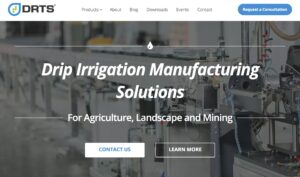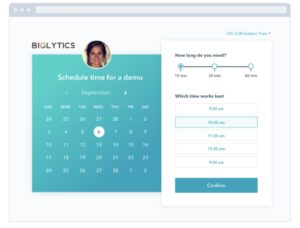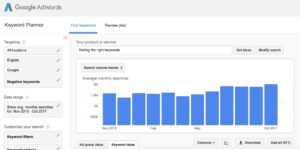Setting up a pay-per-click (PPC) ad campaign can be a huge investment, so it’s important to look at what strategies actually work. One advantage of building marketing systems for numerous B2B businesses is that we work on many different types of campaigns simultaneously and when we find something that is working well for one client, we can apply it to others.
Setting Expectations
First, it’s important to note that the process of generating a lead is more complicated than it seems. Leads rarely do a search, see an ad, click on it, and make a purchasing decision, especially in a B2B marketing setting. It takes more time and generally several interactions with the same lead before they’re even ready to start the quoting process.
B2B PPC campaigns can also be very expensive. In an effort to not only cut costs but to have a more effective marketing program, it’s important to pair your PPC campaign with a remarketing campaign. Once a lead visits your website, you can place a cookie on that lead’s device. This cookie then allows you to target them as they visit other websites that display advertising including social media.
It generally takes a lead several times seeing your ads before your presence really begins to sink in and remarketing is the best way to continue to target the same leads without hoping they stumble onto your more expensive PPC ads regularly. It’s important to set expectations accordingly. While PPC allows you to sit front and center before a desired lead, simply serving up ads for a day is unlikely to result in increased sales.
Educate and Raise Awareness
The process to go from the first click on a PPC ad to buying decision can be a long one, so it’s important during that time to help educate and raise awareness of your brand for the potential lead. This means you may create and promote educational content that is connected to awareness keywords to help your leads better understand what your business does, the value you offer, and most importantly, how you can help them solve problems.
As you remarket to a lead, creating value for them even when they are not ready to buy means they will associate your brand with that information and value. Spend time thinking of the common questions your leads ask and answer those using blogs, infographics, or white papers. A blog post that gives an overview of an answer to the question can then link to a detailed white paper that a lead can download in return for their email address. Once you’ve captured an email address, you now have the ability to reach your lead directly with educational content or be even more personalized and have a member of your sales team reach out and see what their needs and concerns might be.
Setting up a PPC campaign can be an integral part of your overall digital marketing strategy, but it’s important to understand that it’s only one piece. To learn more, reach out to the team at StepUp to learn what components your business needs to build a successful marketing strategy that brings in the right leads.








 DRTS
DRTS Bechtel
Bechtel








